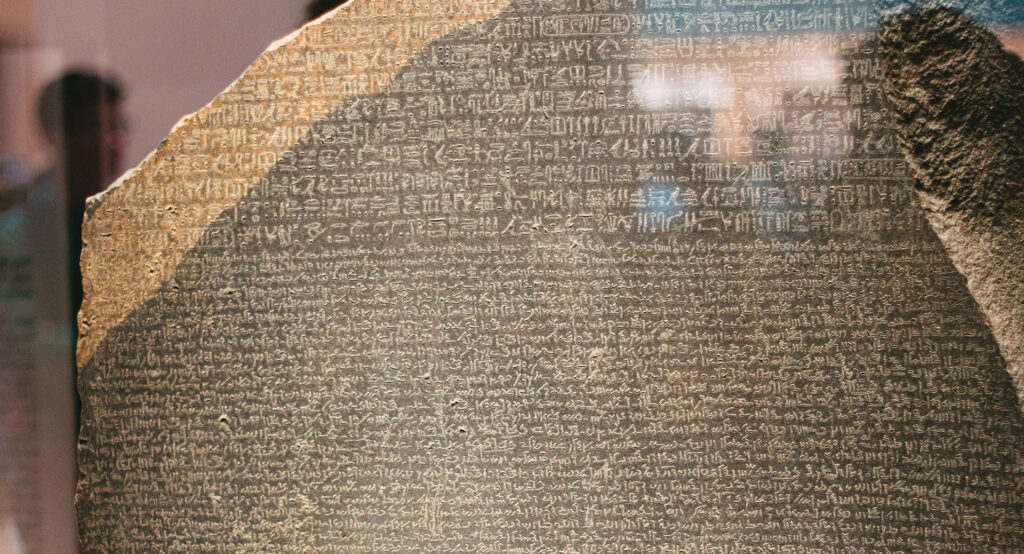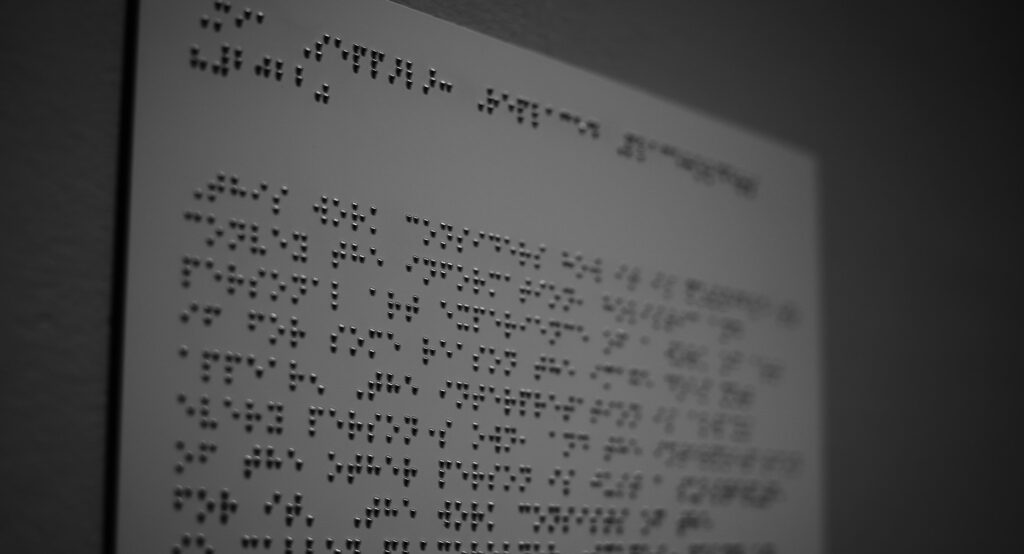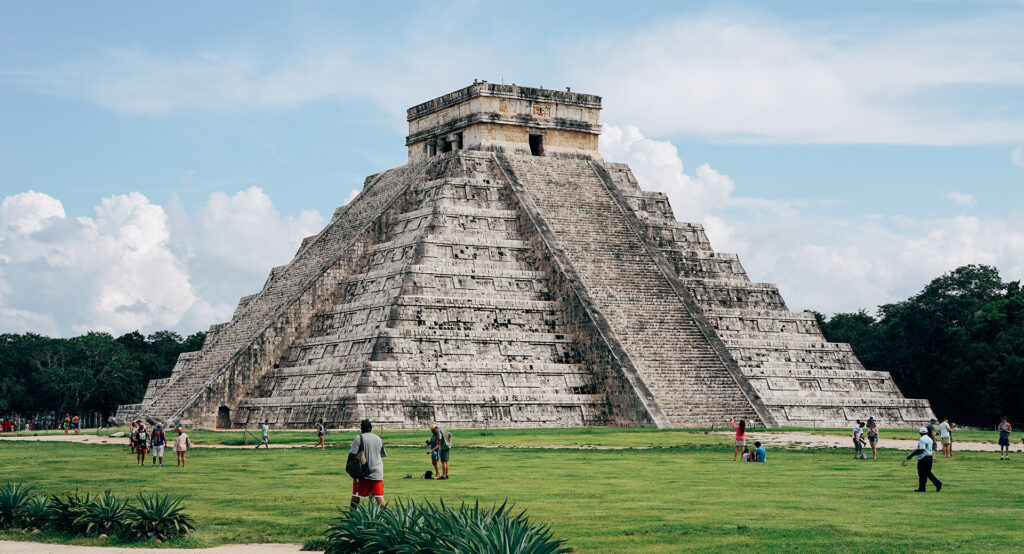The Fascinating History of Writing: 15 Surprising Writing Facts You Didn't Know
The history of writing is one of the most fascinating aspects of human civilization. From the first symbols etched onto clay tablets to the sophisticated digital systems we use today, writing has been an essential tool for recording, communicating, and preserving knowledge.
In this post, we’ll explore the fascinating history of writing and delve into 15 little-known facts that will leave you amazed and intrigued. Whether you’re a history buff, a language lover, or simply curious about the world around you, join us on a journey through time and discover the secrets of one of humanity’s greatest inventions.
The first writing systems were developed in ancient Mesopotamia, which is now modern-day Iraq, around 5,000 years ago.
1 The earliest writing was a system of pictographs and symbols known as cuneiform, which was used to record transactions and keep accounts. Over time, cuneiform evolved into a more complex writing system that included syllabic and alphabetic elements. Other early writing systems developed independently in other parts of the world, including Egypt, China, and Mesoamerica.
The first writing materials were clay tablets and styluses used to make impressions in the soft clay.
2 These early writing implements were used in Mesopotamia around 5,000 years ago. The clay tablets were dried in the sun or baked in a kiln to harden and preserve the writing. The styluses used to write on the clay were typically made of reeds or other plant fibers, and they were used to create wedge-shaped impressions in the clay that represented different symbols and characters. Over time, writing materials evolved to include papyrus, parchment, and paper, but the clay tablet and stylus remained an important writing medium for many centuries.
The ancient Egyptians developed a unique writing system based on hieroglyphs, which combined pictures and symbols to represent words and concepts.
3 Hieroglyphs were used for both religious and secular purposes and could be written in various directions, including left-to-right, right-to-left, and top-to-bottom. The hieroglyphic writing system was used for over 3,500 years and was an essential tool for recording and preserving Egyptian history, culture, and religious beliefs.
The decipherment of hieroglyphs in the 19th century opened up new avenues of research and understanding of ancient Egyptian civilization.
The Phoenicians, who were a trading civilization based in the Eastern Mediterranean, developed the first alphabet around 1200 BCE.
4 Unlike earlier writing systems that used complex symbols and characters, the Phoenician alphabet included only 22 consonant letters, making it much simpler and easier to learn.
The Phoenician alphabet spread rapidly throughout the Mediterranean world and was adapted and modified by many different cultures, including the Greeks, who added vowel letters to the system, and the Romans, who used a modified version of the Greek alphabet as the basis for their own writing system.
Today, the modern alphabet used by English and many other languages is descended from the Phoenician alphabet.
The Greeks adapted the Phoenician alphabet around 800 BCE and added vowel letters to create the first true alphabet.
5 The Greek alphabet consisted of 24 letters, including both consonants and vowels, and was used for a wide range of literary, philosophical, and scientific writings.
The Greek alphabet was widely adopted by other cultures in the Mediterranean world and eventually became the basis for the modern Western alphabet used in many languages today, including English.
The Greek alphabet also played a crucial role in the development of mathematics and science, as many of the symbols used in these fields were derived from Greek letters.
Paper, as we know it today, was first developed in ancient China around 105 CE by a government official named Cai Lun.
6 The early papermaking process involved soaking plant fibers in water, pounding them into a pulp, and then spreading the pulp onto a flat surface to dry. The resulting paper was much more durable and versatile than earlier writing materials, such as papyrus or parchment, and it was much easier and cheaper to produce.
Papermaking technology eventually spread to other parts of the world, including the Islamic world and Europe, where it played a crucial role in the development of printing and the dissemination of knowledge. Today, paper is one of the most widely used and important materials in the world.
The invention of the printing press by Johannes Gutenberg in the 15th century revolutionized the way books were produced and disseminated.
7 Prior to the invention of the printing press, books were produced by hand, making them expensive and rare. The printing press allowed for the rapid and efficient production of books, making them more widely available and affordable to a larger audience.
Gutenberg’s printing press used movable type, which allowed for the easy arrangement and rearrangement of individual letters and characters, making the printing process much faster and more efficient.
Gutenberg’s printing press is considered one of the most important inventions in human history, as it played a crucial role in the dissemination of knowledge, the spread of literacy, and the development of modern science and technology.
The Rosetta Stone, which was discovered in Egypt in 1799, contained inscriptions in three scripts: Greek, Demotic, and hieroglyphics.
8 The stone’s text was a decree issued at Memphis in 196 BCE on behalf of King Ptolemy V, and it provided a key to understanding the hieroglyphic writing system. Because the Greek text was already known and understood by scholars, they were able to use it to decipher the hieroglyphic text.
The decipherment of hieroglyphics opened up a new era of understanding of ancient Egyptian history, culture, and religion. The Rosetta Stone is now one of the most famous artifacts in the world, and it is housed in the British Museum in London.
The Voynich Manuscript, a mysterious book from the 15th century, contains bizarre illustrations and an unknown writing system that has yet to be deciphered.
9 The manuscript is named after Wilfrid Voynich, a Polish book dealer who acquired it in 1912. The Voynich Manuscript is written on vellum and contains illustrations of plants, astrological charts, and numerous other strange images. The text is written in an unknown script, which has never been deciphered despite numerous attempts by linguists and cryptographers.
The manuscript has been the subject of much speculation and debate, and its origin and purpose remain a mystery to this day. Some scholars believe that the Voynich Manuscript is a hoax, while others think that it may contain important knowledge or secrets that have been lost to history.
The Mayan civilization, which flourished in Central America from the 3rd to the 10th century CE, developed a highly sophisticated writing system using glyphs to represent sounds and concepts.
10 Mayan writing consisted of a combination of logograms (symbols that represent words or concepts) and phonetic signs (symbols that represent sounds). The writing system was used to record historical events, astronomical observations, and religious rituals, among other things. The Mayan script was deciphered in the mid-20th century by a team of linguists and epigraphers, and it has provided valuable insights into Mayan history, culture, and religion.
The Mayan writing system is considered one of the most advanced writing systems developed by any pre-Columbian civilization in the Americas.
The Japanese writing system combines Chinese characters, called kanji, with two syllabic scripts called hiragana and katakana.
11 Kanji were introduced to Japan from China in the 5th century, and they are used to represent complex concepts and words.
Hiragana and katakana, on the other hand, are phonetic scripts that are used to write words that don’t have kanji characters or to provide grammatical information. Hiragana is used primarily for Japanese words, while katakana is used for loanwords from foreign languages.
Japanese children typically learn hiragana and katakana before they start learning kanji, which is considered one of the most difficult parts of learning Japanese. The Japanese writing system is unique and complex, and it reflects the country’s cultural and linguistic history.
The development of the typewriter in the 19th century revolutionized the speed and efficiency of written communication.
12 The first commercially successful typewriter, called the Sholes and Glidden typewriter, was introduced in 1873. It was invented by Christopher Latham Sholes, Carlos Glidden, and Samuel W. Soule, and it featured a QWERTY keyboard layout that is still used on modern keyboards today.
The typewriter enabled people to produce written documents more quickly and neatly than by handwriting, and it became an essential tool for businesses, governments, and individuals around the world. The typewriter also paved the way for the development of other writing technologies, such as the computer keyboard and the word processor.
The Braille writing system, invented by Louis Braille in the 19th century, enables the visually impaired to read and write using a system of raised dots.
13 Louis Braille was himself blind, and he developed the Braille system as a way to read and write independently. The system is based on a grid of six dots, arranged in two columns of three dots each, and each combination of dots represents a letter, number, punctuation mark, or other symbol.
Braille has become an important tool for people with visual impairments around the world, and it has enabled them to access education, literature, and other forms of written communication. Braille is still widely used today, alongside other assistive technologies, to enable people with visual impairments to participate fully in society.
The development of digital technology in the 20th century has revolutionized the way we create, share, and store written information.
14 Computers and the internet have made it possible to create and share documents, messages, and other forms of written communication instantly and across great distances. Digital technology has also made it easier to store and retrieve vast amounts of written information, making research and information sharing more efficient and accessible than ever before.
The advent of word processors, email, and social media platforms have all contributed to the digital revolution in written communication, and it continues to evolve with new technologies such as artificial intelligence, voice recognition, and mobile devices. As a result, written communication has become faster, more convenient, and more versatile than ever before.
Writing continues to be a powerful tool for expression, communication, and creativity in the modern world, and its impact on human civilization is immeasurable.
15 Writing has enabled us to record and preserve our thoughts, ideas, and experiences, and to transmit them across time and space. It has been used to document scientific discoveries, historical events, and cultural traditions, and to communicate information and ideas to others.
Writing has also been a powerful tool for artistic expression and creativity, enabling writers to craft compelling stories, poems, and plays that entertain, inspire, and move us. Today, writing continues to be a vital part of human communication, with new technologies and platforms enabling us to share our words with a global audience in ways that were once unimaginable.
The power of writing to inform, inspire, and transform our lives remains as strong as ever.
Conclusion:
From its humble beginnings in ancient Mesopotamia to its ubiquitous presence in the digital age, the history of writing is a testament to the ingenuity and creativity of human civilization. Whether we’re using a pen and paper or a keyboard and screen, writing remains an essential tool for communication, expression, and preservation of knowledge. The 15 facts we’ve explored here offer just a glimpse into the fascinating story of the invention of writing, and there is much more to discover and appreciate.





